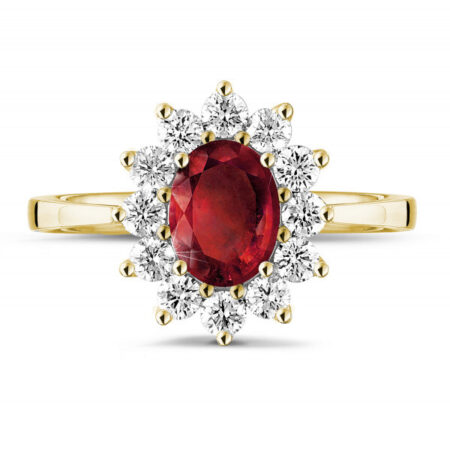- Why has China changed the import taxes on diamond jewellery?
- Which concrete tariffs are applied starting from July 1st?
- Which effect do the new tariffs have on my investment in diamond jewellery?
In a market as globally active as the diamond market, local changes can profoundly impact the entire system. Although it remains to be seen what exact effect the Chines tax change of diamond jewellery will have on the global market, it is the perfect moment to reflect on what the change could mean for your investment in diamond jewellery.
Why has China changed the import taxes on diamond jewellery?
Although most of the world considers an investment in diamond jewellery an investment in luxury goods China begs to differ. The country has lowered import taxes on no fewer than 18 jewellery categories, a 68% drop in taxes, since jewellery was reclassified as ‘daily consumer product’. International brick and mortar jewellery retailers such as Tiffany and Co might see a surge in their sales, provided they lower their prices in accordance with the lower tax tariffs.
Although the import tariffs on diamond jewellery will soon plummet, the taxes on polished loose diamond will be lower still. That might make it worthwhile to import the different materials separately and to assemble the diamond jewellery in China, rather than importing complete jewellery pieces.
Which concrete tariffs are applied starting from July 1st?
Gold and silver jewellery, either with or without diamonds, drop from a 20% tax bracket to an 8% one. Platinum and jewellery in other precious metals, again with or without diamonds, go from 35% to 10%, as do other wares in precious metal alloys and metal plated objects. The same goes for semi-precious and precious stones. Imitation jewellery of unlisted materials goes from 35% to 18%, while imitation jewellery of base metal drops from 17% to 8%.



